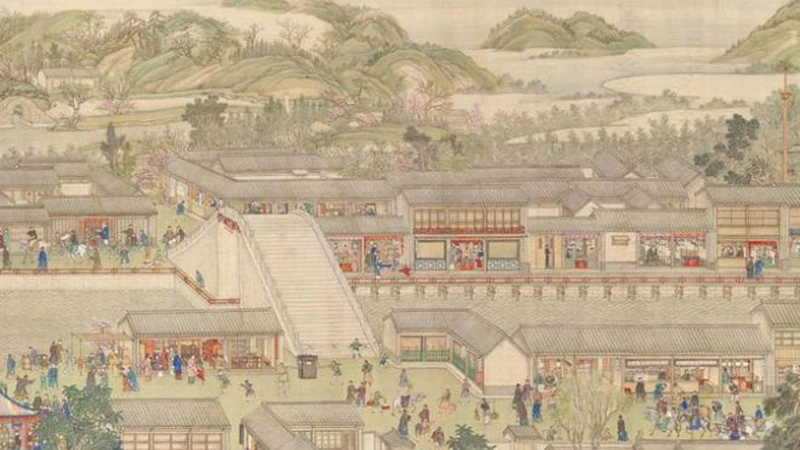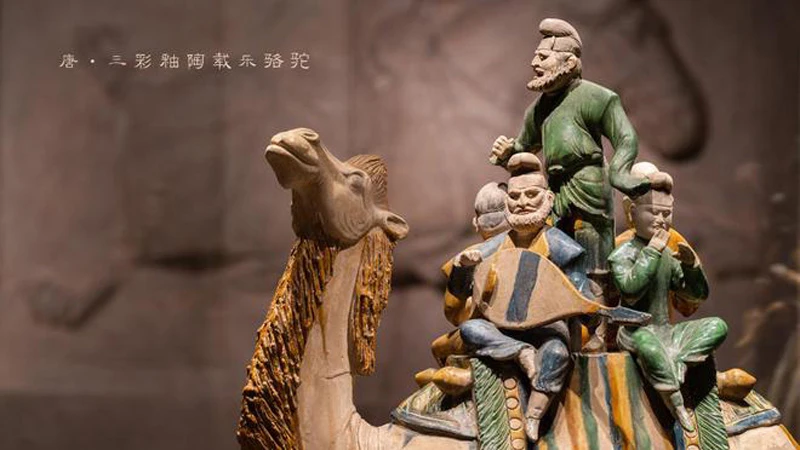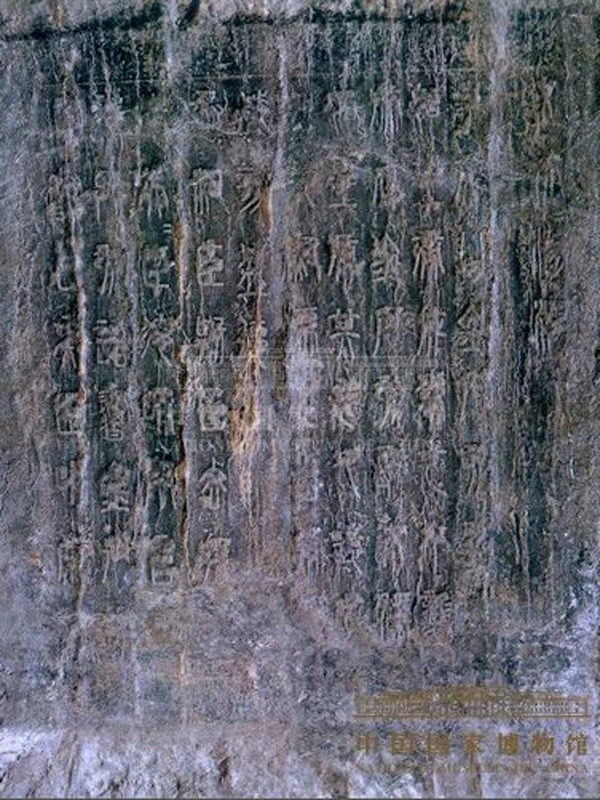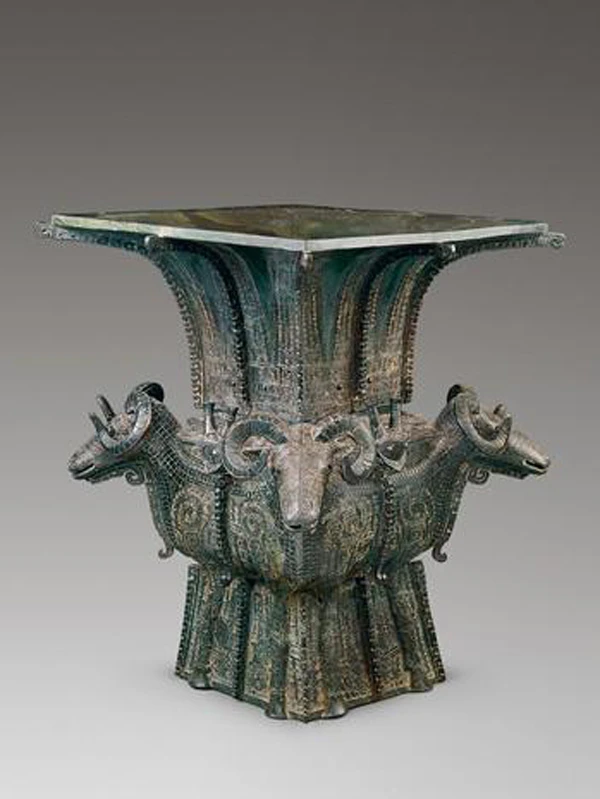The National Museum of China, one of the most prestigious cultural institutions in the country, offers an extraordinary opportunity to step into the past and witness the grandeur of China's ancient civilization. As visitors walk through its halls, they are greeted by monumental displays, including a massive granite relief of the legendary "Yu Gong Moves the Mountains," depicting the indomitable spirit of the Chinese people. This artwork symbolizes the relentless will and determination that have defined China's history, reflecting both the challenges faced and the triumphs achieved by its people over millennia.
Inside the museum, history becomes tangible. The museum's exhibition, "Ancient China," allows visitors to walk through the ages, from the earliest signs of human civilization to the unified dynasties that shaped the cultural landscape of China. With 2026 carefully selected artifacts, including 521 top-tier national treasures, the exhibit provides a multi-dimensional experience of China's ancient heritage. Each artifact tells the story of China's journey from its humble beginnings to the flourishing civilization it is today.

The Dawn of Civilization
As visitors step into the "Ancient China" exhibit, they are immediately transported back hundreds of thousands of years. The museum's extensive collection begins with the dawn of human civilization in China, showcasing early human life through replicas and real artifacts from the Peking Man, the Yuanmou Man, and the Upper Cave people. The bone needles and animal tooth ornaments discovered from these early sites not only highlight the ingenuity of these early humans but also reveal their deep connection to aesthetics and their early attempts to imbue the world around them with meaning.
As time progressed, society began to organize itself more complexly. The rise of agriculture marked a significant leap in material culture. One notable piece from the Neolithic era is a painted pottery jar depicting a stork with a fish in its beak and an ax-shaped stone tool. This jar is not only a masterpiece of early art but also reflects the spiritual world of these early agriculturalists, whose worship of nature and reverence for the elements shaped the earliest cultural narratives. The remains of rice grains and models of matrilineal clan villages found in the same period vividly showcase the flourishing of agricultural civilization and the birth of proto-handicrafts, writing, religion, and art.
Moving into the Bronze Age, the museum takes visitors deeper into the development of a formalized social structure, where the rise of ritual and royal power marked the beginning of a distinctive Chinese cultural identity. The exhibition features masterpieces such as the bronze vessels from the Erlitou culture, one of the earliest manifestations of Chinese bronzeware. The ceremonial and practical use of these vessels helped establish the framework for China's future dynastic rule. For example, the magnificent square ritual wine vessel from the Shang Dynasty, unearthed from the tomb of Lady Hao (妇好墓), is a stunning representation of the advanced casting techniques and intricate designs characteristic of the era.
Among the most astonishing objects on display is the "Four Sheep Square Zun (四羊方尊)," a bronze ritual vessel from the Shang Dynasty, celebrated for its intricate craftsmanship and artistic innovation. The piece seamlessly integrates complex casting techniques with symbolic animal imagery, offering a glimpse into the spiritual and political ideologies of the time. This stunning artifact exemplifies the height of early Chinese art and civilization, blending function with symbolism in a way that continues to resonate across centuries.
The Rise and Flourishing of Dynastic China
As the exhibition progresses, visitors are taken through the sweeping history of China's dynastic rise—from the Qin and Han empires to the Tang and Song dynasties, each leaving a profound mark on the country's cultural landscape. A piece that stands out in this section is the "Liangya Stele (琅琊刻石)," a stone engraving from the Qin dynasty that documents Emperor Qin Shi Huang's (秦始皇) unification of China. The characters etched into the stele represent the standardization of language, transportation, and weights, embodying the essence of China's pursuit of unity and order.
The Tang dynasty also played a central role in the museum's narrative, as it was a period of tremendous cultural exchange. A vivid example of this is the Tang dynasty's tri-colored glazed pottery camel adorned with Western musicians. This artifact captures the vibrant cosmopolitanism of the Tang period and its central role in facilitating the Silk Road's cultural exchanges. It is not just an artifact but a story of China's openness to the world and its ability to absorb and integrate diverse cultural influences.
Similarly, during the Ming and Qing dynasties, China saw further consolidation of power and cultural flourishing. Artifacts from the Ming period, such as the bronze bell cast by the renowned admiral Zheng He (郑和), symbolize China's maritime prowess and its global outreach during the Ming voyages. The Qing dynasty's "Jiqing You (霁青釉)" vase, once displayed in the Yuanmingyuan (圆明园), epitomizes the sophistication and grandeur of China's imperial art, reflecting the prosperity of the Qing Empire and its philosophical commitment to harmony and stability.
With over 5 million visitors to date, the "Ancient China" exhibition continues to be one of the most popular and insightful cultural showcases in the world. The National Museum not only offers a vivid visual experience of ancient China's rich history but also serves as a hub for cultural education, offering exhibitions that highlight the country's ongoing cultural evolution. Through these exhibits, the museum brings to life the deep cultural roots that have shaped modern China, guiding visitors through a living history of philosophy, art, science, and society.
In the National Museum's halls, visitors are invited to journey through time, uncovering the ancient stories, values, and aspirations that continue to shape China today. From the earliest tools and artistic expressions to the grand achievements of imperial China, these treasures not only represent the past but continue to inspire the future—a reminder that China's civilization is as much about innovation and forward-thinking as it is about preserving and honoring its history.



